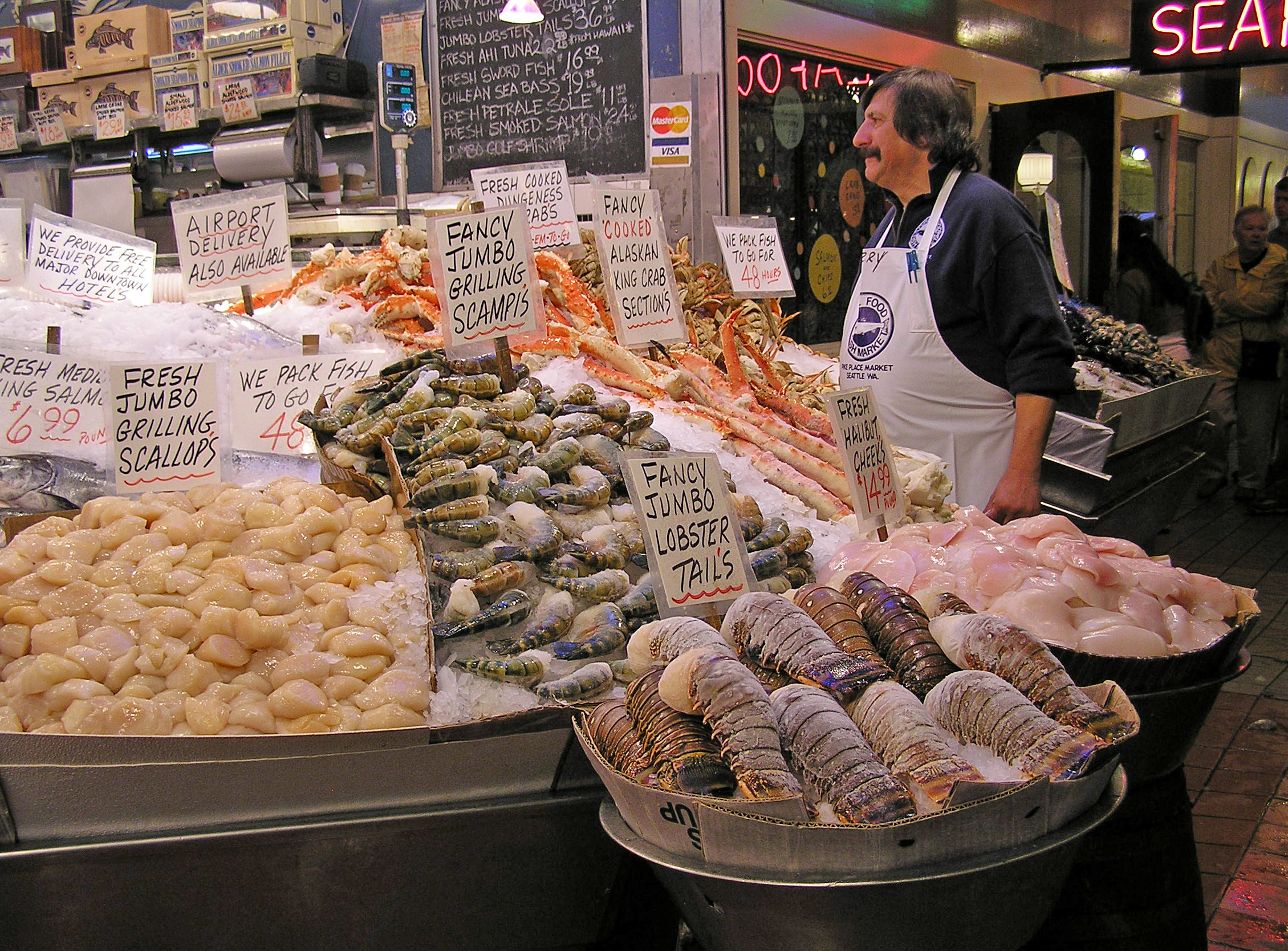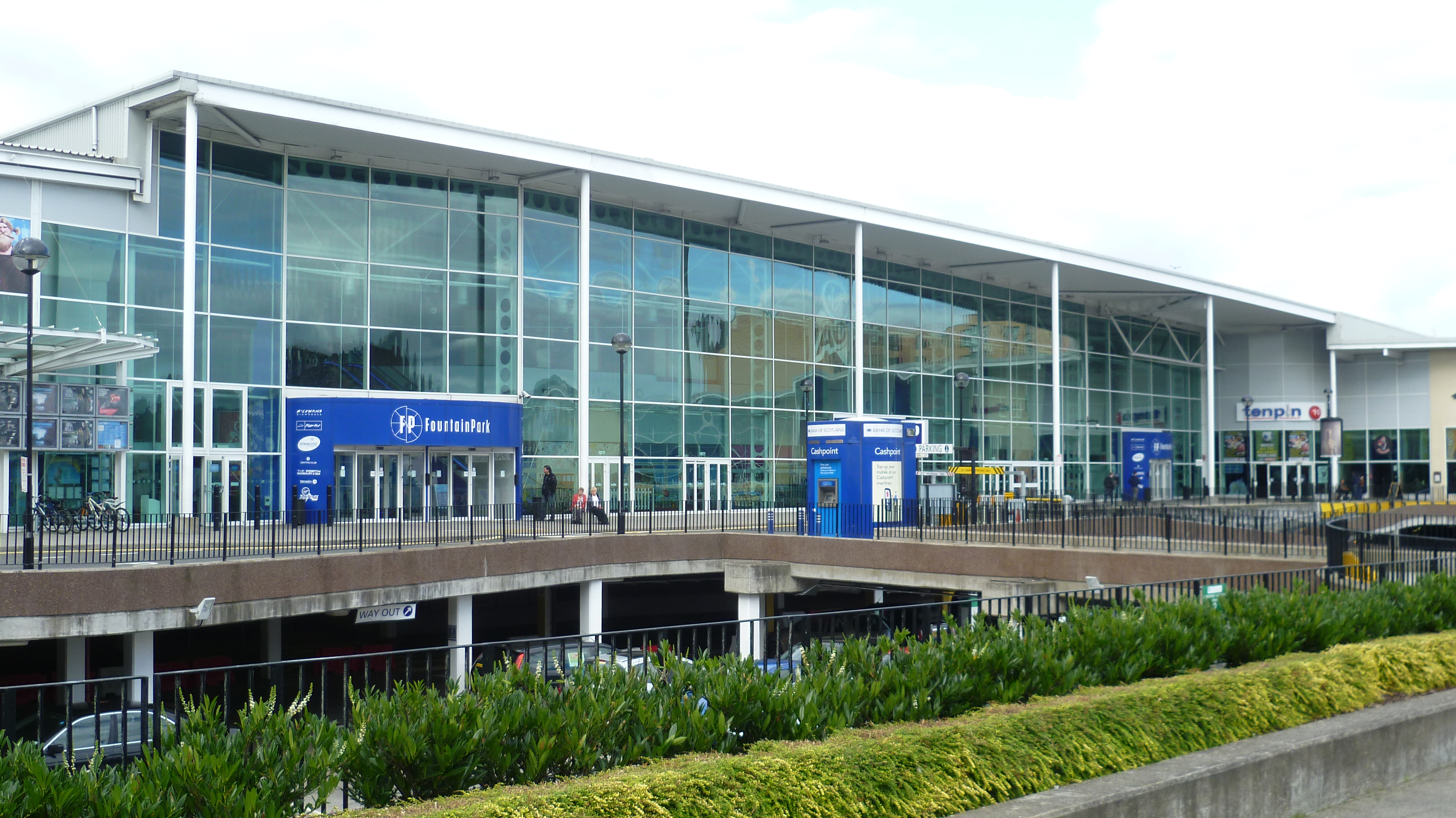|
Jock Wilson (English Footballer)
John Wilson (1894 – 4 July 1957) was an English professional footballer who played as a left back and made over 460 appearances in the Scottish League for Heart of Midlothian, Dunfermline Athletic, Hamilton Academical and St Johnstone. He made one wartime appearance for the Scottish League XI. After retiring as a player, Wilson was involved in the founding of Junior club Haddington Athletic in the late 1930s. Personal life Wilson's father Hughie was a Scottish international footballer who was playing for Sunderland at the time of Wilson's birth. The family eventually moved back to Scotland and settled in Newmilns. After enlisting in April 1916, Wilson served as a private in the Royal Scots during the First World War and was wounded on the Western Front in April 1917 and March 1918. As a teenager, Wilson had trained as a lace weaver and he returned to the profession in Ayrshire part-time after the war, before re-entering professional football. He worked at Castle ... [...More Info...] [...Related Items...] OR: [Wikipedia] [Google] [Baidu] |
Sunderland
Sunderland () is a port city in Tyne and Wear, England. It is the City of Sunderland's administrative centre and in the Historic counties of England, historic county of County of Durham, Durham. The city is from Newcastle-upon-Tyne and is on the River Wear's mouth to the North Sea. The river also flows through Durham, England, Durham roughly south-west of Sunderland City Centre. It is the only other city in the county and the second largest settlement in the North East England, North East after Newcastle upon Tyne. Locals from the city are sometimes known as Mackems. The term originated as recently as the early 1980s; its use and acceptance by residents, particularly among the older generations, is not universal. At one time, ships built on the Wear were called "Jamies", in contrast with those Tyneside, from the Tyne, which were known as "Geordies", although in the case of "Jamie" it is not known whether this was ever extended to people. There were three original settlements ... [...More Info...] [...Related Items...] OR: [Wikipedia] [Google] [Baidu] |
Newmilns
Newmilns is a village in the burgh of Newmilns and Greenholm, in East Ayrshire, Scotland. It has a population of 3,057 people (2001 census) and lies on the A71, around seven miles east of Kilmarnock and twenty-five miles southwest of Glasgow. It is situated in a valley through which the River Irvine runs and, with the neighbouring towns of Darvel and Galston, forms an area known as the Upper Irvine Valley (locally referred to as The Valley). As the name suggests, the burgh exists in two parts – Newmilns to the north of the river and Greenholm to the south. The river also divides the parishes of Loudoun and Galston, which is why the burgh, although generally referred to as ''Newmilns'', has retained both names. Etymology The name itself appears to have its origins in Old English, ''niwe'' (new) / ''mylen'' (mill), so it could be dated to the Old English period (c. mid-5th to mid-12th centuries). The earliest known recording of the name appears as ''Nawemeln'' in 1126, w ... [...More Info...] [...Related Items...] OR: [Wikipedia] [Google] [Baidu] |
Scottish Division One
The Scottish Football League (SFL) was a league featuring professional and semi-professional football clubs mostly from Scotland.One club, Berwick Rangers, is based in the town of Berwick-upon-Tweed, which is located approximately 4 km south of the Anglo-Scottish border. From its foundation in 1890 until the breakaway Scottish Premier League (SPL) was formed in 1998, the SFL was the top level of football in Scotland. After 1998, the SFL represented levels 2 to 4 of the Scottish football league system. In June 2013, the SFL merged with the SPL to form the Scottish Professional Football League. The SFL was associated with a title sponsor from the 1985–86 season. As this sponsor changed over the years the league was known in turn as the Fine Fare League, B&Q League, Bell's Scottish Football League and finally as the Irn-Bru Scottish Football League. The SFL also organised two knock-out cup competitions, the Scottish League Cup and the Scottish Challenge Cup. History Forma ... [...More Info...] [...Related Items...] OR: [Wikipedia] [Google] [Baidu] |
Haddington, East Lothian
The Royal Burgh of Haddington ( sco, Haidintoun, gd, Baile Adainn) is a town in East Lothian, Scotland. It is the main administrative, cultural and geographical centre for East Lothian. It lies about east of Edinburgh. The name Haddington is Anglo-Saxon, dating from the sixth or seventh century AD when the area was incorporated into the kingdom of Bernicia. The town, like the rest of the Lothian region, was ceded by King Edgar of England and became part of Scotland in the tenth century. Haddington received Burgh status, one of the earliest to do so, during the reign of David I (1124–1153), giving it trading rights which encouraged its growth into a market town. Today, Haddington is a small town with a population of fewer than 10,000 people. But during the High Middle Ages it was the fourth-biggest town in Scotland (after Aberdeen, Roxburgh and Edinburgh). In the middle of the town is the Haddington Town House, completed in 1745 based on a plan by William Adam. When ... [...More Info...] [...Related Items...] OR: [Wikipedia] [Google] [Baidu] |
Fishmonger
A fishmonger (historically fishwife for female practitioners) is someone who sells raw fish and seafood. Fishmongers can be wholesalers or retailers and are trained at selecting and purchasing, handling, gutting, boning, filleting, displaying, merchandising and selling their product. In some countries modern supermarkets are replacing fishmongers who operate in shops or fish markets. Worshipful Company of Fishmongers The fishmongers guild, one of the earliest guilds, was established in the City of London by a Royal Charter granted by Edward I shortly after he became king in 1272. Partnership with foreigners was forbidden and the sale of fish was tightly controlled to ensure freshness and restrain profit, which was limited to one penny in the shilling. Nevertheless, the guild grew rich and, after Edward's victory over the Scots, was able to make a great show, including one thousand mounted knights. During the reign of Edward II, the political power of the fishmongers waned ... [...More Info...] [...Related Items...] OR: [Wikipedia] [Google] [Baidu] |
Fountainbridge
Fountainbridge ( gd, Drochaid an Fhuarain) is an area of Edinburgh, Scotland, a short distance west of the city centre, adjoining Tollcross with East Fountainbridge and West Port to the east, Polwarth to the west and south, Dalry and Haymarket to the north and Gorgie and North Merchiston to the west. The main streets through the area are Fountainbridge and Dundee Street. The Union Canal which originally continued a short distance north-eastwards to Port Hopetoun at Lothian Road now terminates at the Lochrin Basin. The canal to the south and the route of the former Caledonian Railway (now converted to the West Approach Road) to the north continue to define the area. History Before the mid-18th century (when a sweet-water well, or "fountain" was erected near Grove Street), the area was called Foulbridge: a name relating to a bridge crossing the Foul Burn, a rivulet connecting the Burgh Loch on the Meadows to the Water of Leith but largely operating as a sewer. The name ... [...More Info...] [...Related Items...] OR: [Wikipedia] [Google] [Baidu] |
Ayrshire
Ayrshire ( gd, Siorrachd Inbhir Àir, ) is a Counties of Scotland, historic county and registration county in south-west Scotland, located on the shores of the Firth of Clyde. Its principal towns include Ayr, Kilmarnock and Irvine, North Ayrshire, Irvine and it borders the counties of Renfrewshire and Lanarkshire to the north-east, Dumfriesshire to the south-east, and Kirkcudbrightshire and Wigtownshire to the south. Like many other counties of Scotland it currently has no administrative function, instead being sub-divided into the council areas of North Ayrshire, South Ayrshire and East Ayrshire. It has a population of approximately 366,800. The electoral and valuation area named Ayrshire covers the three council areas of South Ayrshire, East Ayrshire and North Ayrshire, therefore including the Isle of Arran, Great Cumbrae and Little Cumbrae. These three islands are part of the historic County of Bute and are sometimes included when the term ''Ayrshire'' is applied to the regio ... [...More Info...] [...Related Items...] OR: [Wikipedia] [Google] [Baidu] |
Lace
Lace is a delicate fabric made of yarn or thread in an open weblike pattern, made by machine or by hand. Generally, lace is divided into two main categories, needlelace and bobbin lace, although there are other types of lace, such as knitted or crocheted lace. Other laces such as these are considered as a category of their specific craft. Knitted lace, therefore, is an example of knitting. This article considers both needle lace and bobbin lace. While some experts say both needle lace and bobbin lace began in Italy in the late 1500s, there are some questions regarding its origins. Originally linen, silk, gold, or silver threads were used. Now lace is often made with cotton thread, although linen and silk threads are still available. Manufactured lace may be made of synthetic fiber. A few modern artists make lace with a fine copper or silver wire instead of thread. Etymology The word lace is from Middle English, from Old French ''las'', noose, string, from Vulgar Latin *'' ... [...More Info...] [...Related Items...] OR: [Wikipedia] [Google] [Baidu] |
Western Front (World War I)
The Western Front was one of the main theatres of war during the First World War. Following the outbreak of war in August 1914, the German Army opened the Western Front by invading Luxembourg and Belgium, then gaining military control of important industrial regions in France. The German advance was halted with the Battle of the Marne. Following the Race to the Sea, both sides dug in along a meandering line of fortified trenches, stretching from the North Sea to the Swiss frontier with France, which changed little except during early 1917 and in 1918. Between 1915 and 1917 there were several offensives along this front. The attacks employed massive artillery bombardments and massed infantry advances. Entrenchments, machine gun emplacements, barbed wire and artillery repeatedly inflicted severe casualties during attacks and counter-attacks and no significant advances were made. Among the most costly of these offensives were the Battle of Verdun, in 1916, with a combined 700 ... [...More Info...] [...Related Items...] OR: [Wikipedia] [Google] [Baidu] |
Wounded In Action
Wounded in Action (WIA) describes combatants who have been wounded while fighting in a combat zone during wartime, but have not been killed. Typically, it implies that they are temporarily or permanently incapable of bearing arms or continuing to fight. Generally, the Wounded in Action are far more numerous than those killed. Common combat injuries include second and third degree burns, broken bones, shrapnel wounds, brain injuries, spinal cord injuries, nerve damage, paralysis, loss of sight and hearing, post-traumatic stress disorder (PTSD), and limb loss. For the U.S. military, becoming WIA in combat generally results in subsequent conferral of the Purple Heart, because the purpose of the medal itself (one of the highest awards, military or civilian, officially given by the American government) is to recognize those killed, incapacitated, or wounded in battle. NATO's definitions Wounded in action A battle casualty other than '' killed in action'' who has incurred an ... [...More Info...] [...Related Items...] OR: [Wikipedia] [Google] [Baidu] |






